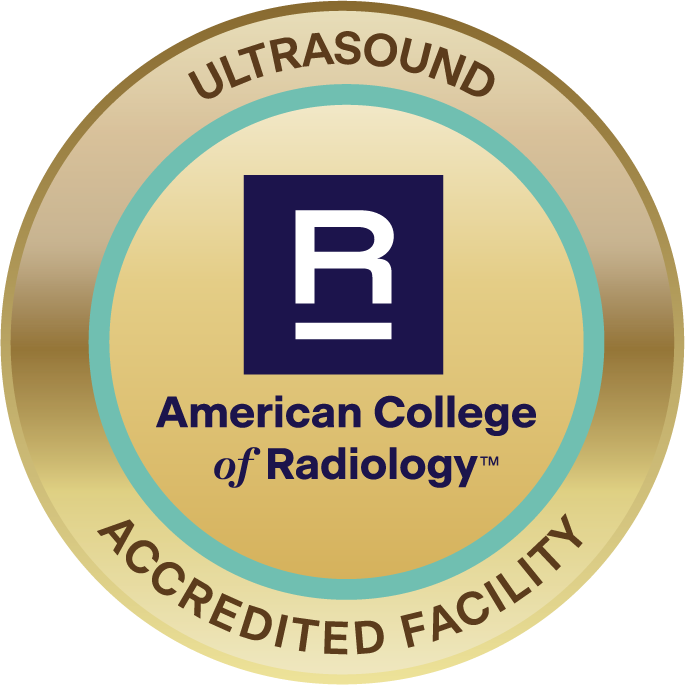Ultrasound Imaging at Delaney Radiology
What is ultrasound imaging?
Ultrasonography, also known simply as ultrasound or sono, is a method of obtaining diagnostic images of the body through the use of inaudible, high frequency sound waves. Among the benefits of ultrasound is that it can visualize the inside of the body without using radiation, making it ideal for exams of children or pregnant women. The equipment for ultrasound imaging also has the advantage of being relatively portable.
Schedule
AN APPOINTMENT


